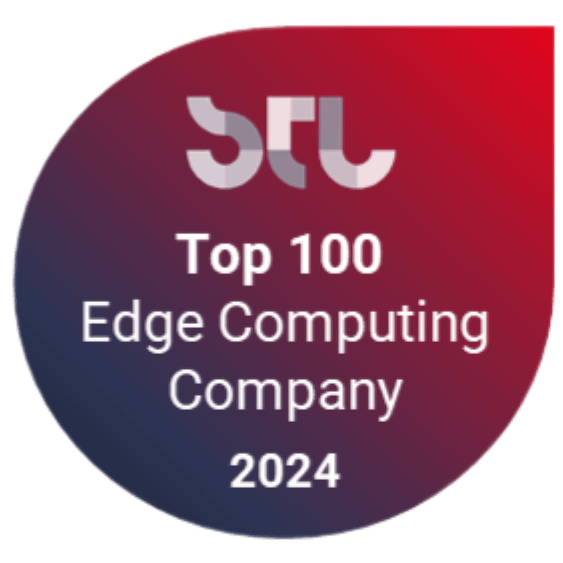Complete Guide on Agile Methodology
Coredge Marketing
December 09, 2021

In the year 2000, the group of 17 software developers met in Oregon, United States to discuss how they could speed up the development times to launch new software in the market at a rapid pace. They recognized that two opportunities could help them achieve this unique goal.
1) Shortening the delay of benefits to users to resolve the product-market fit and development graveyard problems.
2) Getting feedback from users quickly to confirm the usefulness of new software and continue to improve on it accordingly.
While this meeting did not result in the Agile methodology that people know today, it was a critical milestone in the history of Agile. As, speed to market, rapid feedback, and continuous improvement are the top hallmarks of the Agile methodology.
Less than a year after that Oregon meeting, the history of Agile came into focus when the same group of 17 developers met again, this time at a ski resort in Snowbird, Utah. During this meeting, they were likely to further expand on their progress and find out a more concrete solution to the major software development issues with respect to time.
Within 3 days, the group produced the “Manifesto for Agile Software Development”. This manifesto turns out to be the true turning point in the history of Agile and laid out 4 key values.
These 4 key values include:
- Individuals and interactions over processes and tools
- Working software over comprehensive documentation
- Customer collaboration over contract negotiation
- Responding to change over following a plan
These above 4 values represent a significant breakthrough in the history of Agile, but the group didn’t stop there. To give even more attention to their vision, they also laid out 12 principles that stand behind these values.
These 12 principles include:
- Satisfying customers through early and continuous delivery of valuable software.
- Welcoming changing requirements at any point in the delivery cycle.
- Delivering software frequently through shorter development timelines.
- Using working software as the primary measure of progress.
- Taking regular moments of self-reflection to identify opportunities for improvement.
- Closing regular cooperation among business people and other developers.
- Projects should be developed around trusted and dedicated people.
- F2F communication is the most suitable one.
- Maintaining constant pace with the help of sustainable development.
- Continuous focus is required to achieve excellence goal and remarkable design.
- Simplicity is the key to cover essential aspects of the project.
- Team should be self-organized to get the top-class architectures, requirements, and designs too.
All the 4 values and 12 principles considered above continue to guide the Agile methodology used by teams today.
Diving deep into the Agile methodology, you should understand that Agile is an iterative approach to project management and software development that helps teams deliver value to their customers faster and with fewer headaches. Instead of betting everything on a “big bang” launch, an agile team delivers work in small, but consumable, increments. Requirements, plans, and results are evaluated continuously so teams have a natural mechanism for responding to change quickly.
Different Agile frameworks are available include, including but are not limited to Scrum, Kanban, XP (Extreme Programming), FDD (Feature Driven Development), and AUP (Agile Unified Process) too.
The bottom line is, Agile methodology lies in the adaptive development phenomenon. It follows a rolling wave approach to schedule planning and focuses on adapting quickly to the changing realities. When the need of the project changes, an adaptive team changes too.
We had organized “Coredge TechTalk” program virtually in which one of our software development engineers, named Mr. Harsh Jani spoke about Agile. He mentioned about agile history, manifesto, principles, and a lot more!
Featured Image by Parabol





